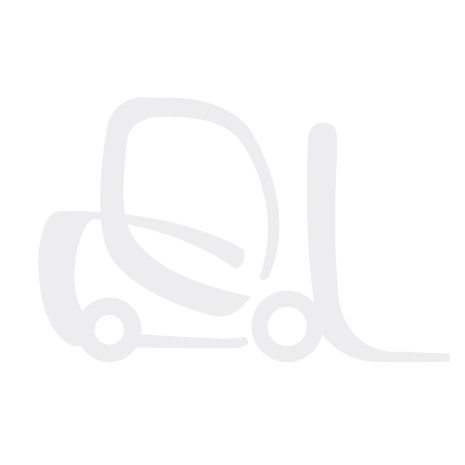What You Need to Know about Forklift Booms
There’s a reason why forklift booms are such popular forklift attachments. A forklift boom attachment transforms an ordinary forklift into a crane, capable of transporting odd-shaped materials up and over obstacles and placing them precisely in a desired location. In most industrial settings where forklifts are used, occasions arise when a boom attachment is needed and if it can be used instead of a crane, it can pay for itself in no time by averting the need to rent a crane.
Boom attachments make a forklift capable of behaving like a crane, but with some differences that make it unnecessary for a forklift operator to get special training as a crane operator before being legally entitled to use the attachment. This has been a subject of some confusion and OSHA has made public a letter sent to Florida Congressman Jeff Miller, who asked for clarification on behalf of one of his constituents. The letter goes into some detail about the differences between a crane and a forklift and why the lift truck in question was not considered a crane when a boom attachment was attached. In a nutshell:
Although the described boom attachment extends the reach of the forks, it was not designed to provide powered horizontal and vertical movement of the load.
Because of this limitation, the forklift was not considered a crane by OSHA’s definition of a crane. For the full text, click here.

The versatile telescoping forklift boom attachment
Although a forklift boom attachment does not literally or legally transform a lift truck into a crane, the attachment does significantly alter the physical dynamics of the powered industrial truck. The nearest equivalent to a boom attachment is a telescopic handler or telehandler, a variation on a forklift that has a boom instead of forks permanently attached to it. Telehandler operators carry load charts with them or operate equipment that has computerized load sensors because when a telescoping boom is carrying an extended or raised load, the load radically changes the vehicle’s capacity limits. The same telehandler that can safely lift 5,000 pounds when the boom is retracted may be only able to lift 400 pounds when fully extended at an angle close to parallel to the ground.
A telescoping boom attachment can have an extended reach of up to 12 feet and be capable of lifting loads of up to 8,000 pounds. Not all forklifts can safely handle such heavy loads at such an extended reach. For this reason, OSHA requires manufacturer approval before telescoping booms can be used on a forklift and a sticker or plate must be attached to the forklift that clearly states the load limits of the attachment.
A little knowledge goes a long way, and when you and your forklift operators know how to safely use a telescoping boom attachment, you will have an indispensable forklift attachment you’ll find dozens of uses for. Check out the full range of forklift booms available here on forkliftaccessories.com. If you’re in any doubt about which one is right for you, just contact us and a member of our experienced team will be happy to help you make your selection and give you further advice.
